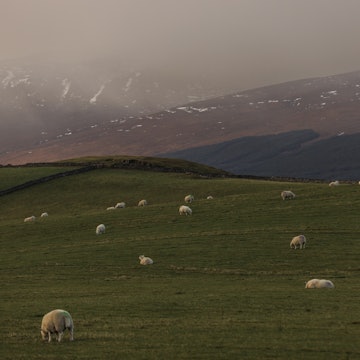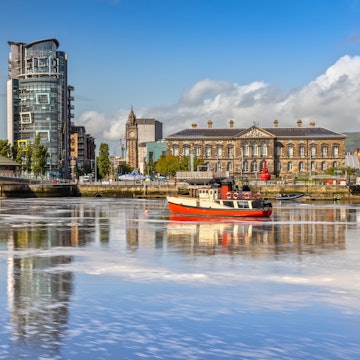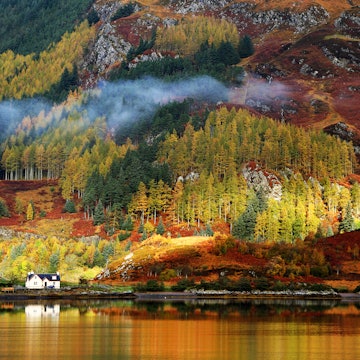

It's possible to see some of Scotland's most stunning scenery on a tight budget © Helen Hotson/Shutterstock
With a few hundred pounds in her bank account, Rachel Horne decided to leave her job in palliative and dementia care in 2019 and travel full-time.
She started in Scotland and, from Glasgow, covered the full North Coast 500 route as well as the Outer Hebrides and several lesser-known islands on a budget of just £3 a day. While inflation has risen the cost of many items in recent months, here's how she learned to keep her costs low and her spirits high.
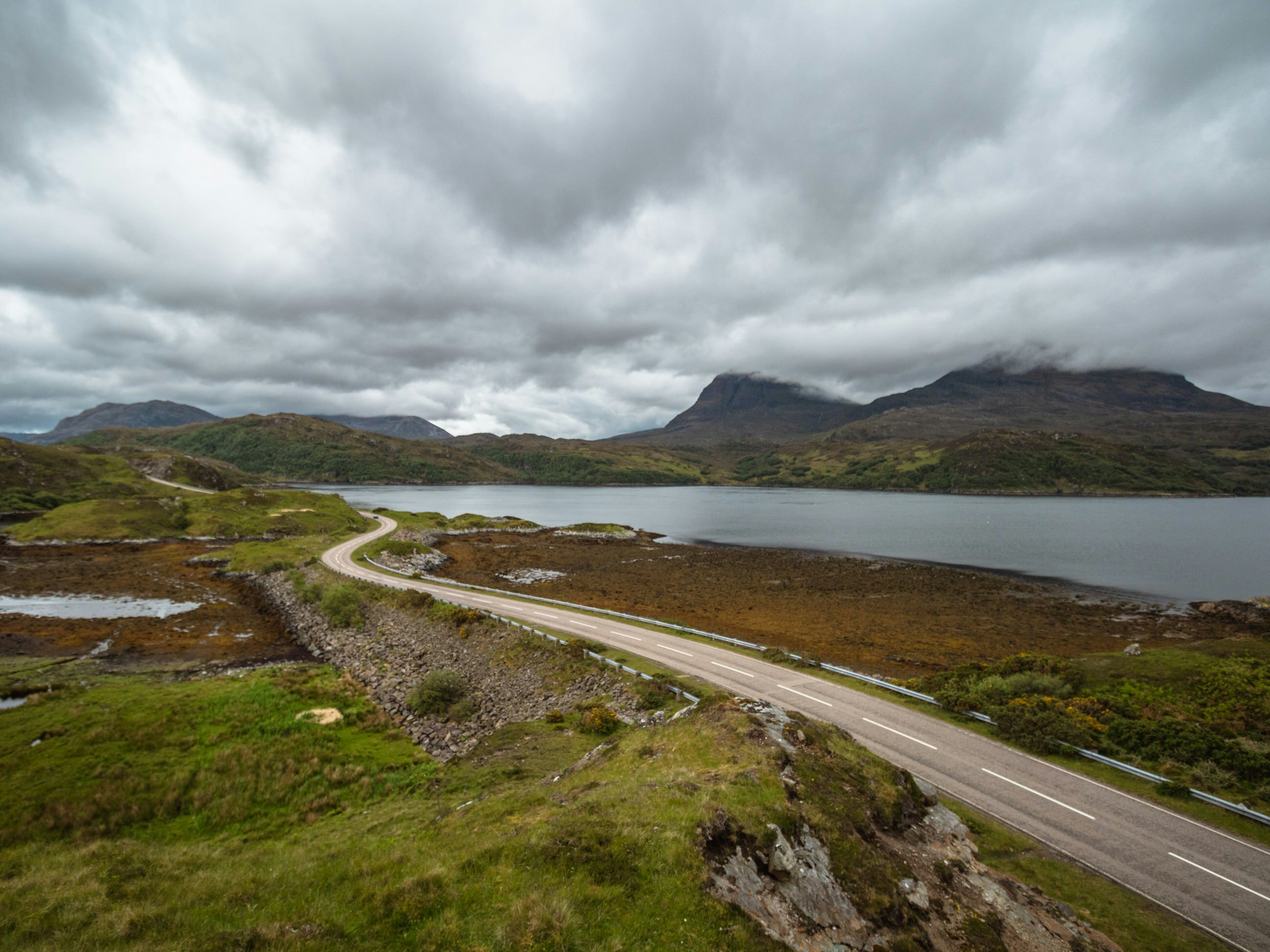
The budget
I didn’t set out with a plan to spend £3 a day – I simply have very little money and want to be able to travel indefinitely – but I achieved this budget with a combination of wild camping, hitchhiking* and by cooking basic meals on a small camping stove. When you travel in this way, you can’t be too uptight about your diet, your schedule, or your destination. But, on the plus side, with your accommodation on your back, it doesn’t really matter where you end up.
Before setting off, I packed everything I thought I’d need: waterproofs, warm clothes, good boots, first aid supplies, a tent, a sleeping bag, a camping stove, a head torch, a charging bank, a travel towel and an emergency blanket. Luckily, I already had supplies from previous trips which saved a lot of money. If you don’t have any gear, buy as much as you can from charity shops to keep costs down.
Scotland's best places to visit for hiking, golfing and whiskey tasting

Eating well on the move
Sticking to a tight budget cannot be to the detriment of your health, so make sure you’re getting enough to eat. Where possible, buy food from budget supermarkets. I bought big bags of oats and rice, cans of vegetables, fruit, biscuits and gas from these cheaper stores. Shops become a lot more expensive when you reach isolated villages and islands – balance this with how much you can safely carry in your backpack, including water. My first grocery bill came to around £25 but I only had to buy a couple of top-up items in the smaller shops between towns.
Canned vegetables are already cooked and therefore use little fuel, so cooking them with rice in stock was the most efficient meal in terms of calories for weight, gas usage and space. Shelter your stove from the wind to avoid wasting fuel (and therefore money) when you’re cooking, and always have a second compatible gas canister in reserve. There’s nothing worse than eating half-cooked rice when you’re cold and tired.
You can forget about eating out if you’re serious about keeping to this budget. I had a pub meal once in three months of traveling, but it was bought for me by a farmer in exchange for helping on her croft. After a few weeks on the road, I found the compulsion to go to bars and restaurants faded away, and I actually wanted to opt for peace over the noise.
Top experiences in Scotland's national parks
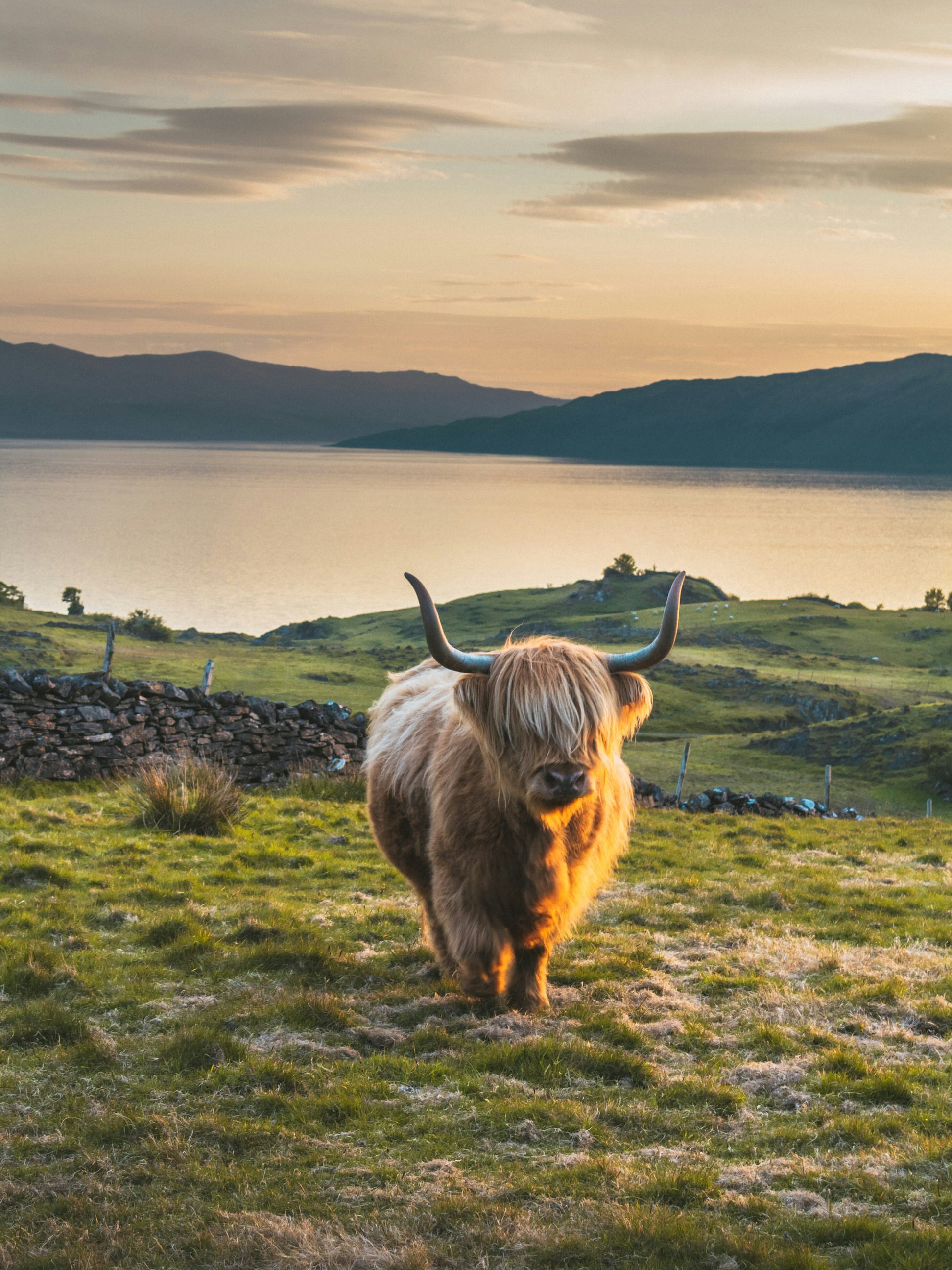
Discovering the joys of wild camping
Wild camping is legal in Scotland and can present more spectacular views than any hotel could offer you, no matter how soft the sheets might be. From my little yellow tent in the sand dunes I saw dolphins leaping in and out of the ocean; golden eagles circled above me in the forests of Mull and the bobbing heads of curious seals crept ever closer to my waterside campsites at Port Appin.
I would drive 500 miles: road-tripping the Scottish Highlands
So long as you follow some basic rules such as avoiding enclosed fields with crops and animals, keeping a respectful distance from people’s homes, leaving no trace (including toilet paper) and burying your 'number twos', you can walk and camp pretty much anywhere. There are a few places where the practice is restricted for ecological reasons; check the Scottish Outdoor Access Code for details.
The climate is wet and windy so, if you need a break from your tent, make use of Scotland’s network of bothies. These are basic huts with a fireplace that can be used free of charge. And always remember to take your boots inside the hut or your tent to avoid having to squelch miserably over the heather with your feet in plastic bags.

Seeking shelter
If the wind and rain become too much, or the notorious midges get too persistent, it’s time to head indoors. Libraries, harbor buildings, leisure centers, churches and many community museums are free places where you can dry out, plug in your devices and take shelter from the storm. The legendary hospitality of the Scots saw me invited into strangers’ homes to shower and drink tea to a backdrop of Celtic rock music and yapping terriers.
I washed in rivers, lochs, public toilets and leisure centres. Swimming pool showers have the added benefit of spinners to ring out swimwear which you can throw your clothes into after you've given them a scrub in the sink. Using plant-based shampoo and conditioner bars can help to minimize pollution.
The 5 most beautiful road trips in Scotland

Staying entertained
Setting off from home, I was worried I’d be desperately bored without money to splash on pub dinners or wildlife tours. This was a complete misconception.
Traveling like this helps you find a new rhythm, or rather discover the old one; a rhythm that came before smartphones, cheap flights and office jobs. Life moves more slowly, and watching a driftwood fire crackle on the beach becomes far more rewarding than whatever happens to be on the telly back home.
To me, travel is much more than a hobby. I found that I didn’t need a lot of money, or even much of a plan; I just needed to find time, and to prioritise my freedom over any obligations and expectations that rested on my shoulders.
You might also like:
The 13 best places to visit in Scotland
The best time to go to Scotland
The Caledonian Sleeper: Britain’s best train journey?
* Editor's note: Rachel chose to hitchhike. Hitching in Scotland is fairly easy but it's never entirely safe and Lonely Planet doesn’t recommend it. Travelers who hitch should understand that they are taking a small but potentially serious risk.











